The views expressed in our content reflect individual perspectives and do not represent the official views of the Baha'i Faith.
Every word is endowed with a spirit, therefore the speaker or expounder should carefully deliver his words at the appropriate time and place, for the impression which each word maketh is clearly evident and perceptible. The Great Being saith: One word may be likened unto fire, another unto light, and the influence which both exert is manifest in the world. Therefore an enlightened man of wisdom should primarily speak with words as mild as milk, that the children of men may be nurtured and edified thereby and may attain the ultimate goal of human existence which is the station of true understanding and nobility. – Baha’u’llah, Tablets of Baha’u’llah, pp. 172-173.
Have you ever heard a speaker, or read something by a writer, who obviously wanted to influence your thinking in a certain way?
Writers and speakers will sometimes attempt to “tint” perceptions by using emotionally charged or highly connotative terms. In fiction, this is craft, the way a skillful author engages the reader emotionally in a story. In non-fiction, it can be more crafty than craft. A writer, for example, might use negative or odd descriptions of things or people to distract the reader from the substance of the account. He might use colorful verbiage to tint the emotional aura around the subject—to make it seem threatening, comical, questionable, etc. Writing like this often comes in the form of carefully chosen adjectives.
Some examples:
In Chaos of the Cults, JK van Baalen makes reference to the “frightfully outlandish names in use among Baha’is…” He cites, in particular, the Arabic title “Mashriq’ul’adhkar” (Mash-reeg-ul-azhkar). In Arabic, it means “Dawning Point of the mention of God”—a house of worship. Mr. van Baalen advised the Baha’is to rethink using these terms. Indeed, most English-speaking believers refer to the Baha’i temples as temples or houses of worship. But the value-laden, emotionally loaded words “frightfully outlandish” predispose the reader to think that Baha’i terminologies—and by extension, Baha’i beliefs—are alien or weird, when they are simply rendered in a language the apologist doesn’t speak.
William Petersen, in Those Curious New Cults of the 80’s refers to a Baha’i he met as a “pretty horse-faced young thing” and made reference to the “red patches on her knees.” He refers to the “glassy” eyes and swarthy skin of another believer. In fiction, such references to peculiar physical attributes create emotional atmosphere; they do the same in non-fiction. In this case, they distract the reader from the lack of real information about the Faith, while still creating negative impressions about it.
Petersen tells the reader that one of Baha’u’llah’s volumes—The Hidden Words—is “sleep-inducing,” but doesn’t quote from it to illustrate. So I’ll quote from it:
The best beloved of all things in My sight is Justice… By its aid thou shalt see with thine own eyes and not through the eyes of others, and shalt know of thine own knowledge and not through the knowledge of thy neighbor. – pp. 3-4.
Naturally, this misleading tactic is not limited to religious discourse; historical tomes and polemics are also subject to it. One of my favorite source books when I was writing my first published novel, The Meri, was a “child’s history” of Scotland by Mrs. Margaret Oliphant. Mrs. Oliphant expressed her opinions about a number of participants in Scots history with much… vigor. I knew I couldn’t trust her interpretations of history, but they sure were colorful, and gave me an idea of how people from different political factions of the time might think. For a fiction writer this was great—for someone trying to get at facts… not so much.
Nicholas Reeves in Egypt’s False Prophet, Akhenaten refers to the pharaoh as “a rather louche-looking king” (Oxford Dictionary: “disreputable or sordid in a rakish or appealing way”). He states about a tomb frieze that Akhenaten’s God, Aten, “presented the ankh to the royal noses.” (I admit it, I laughed at that image myself.)
The problem with such vivid images, of course, is that they manipulate the reader’s perceptions of the subject in a way that can defeat the best intention to glean real knowledge. You walk away from the experience with no facts in hand, but a vivid emotional impression of the subject.
Next: Guilt by Association





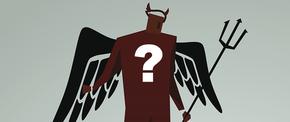
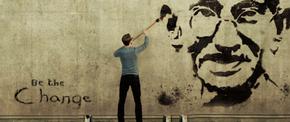


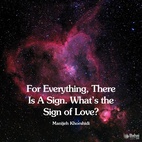

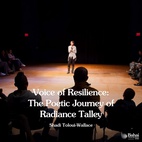
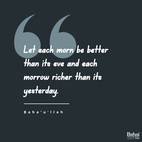
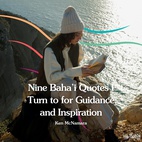
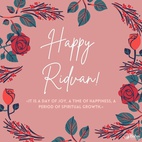


Comments
Sign in or create an account
Continue with Facebookor